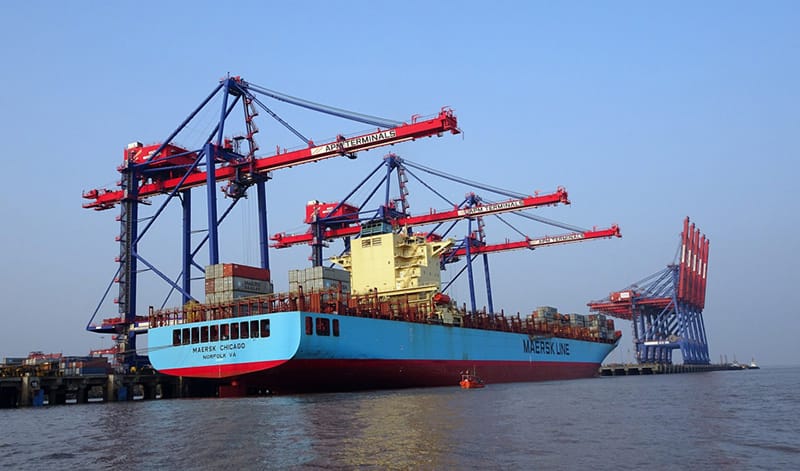
8 November 2022
World market development
Most commodity prices have retreated from the highs seen earlier in the year and sugar is no different. Lately, prices for raw sugar have traded in a range of USc17.5/lbs to USc19.0/lbs. The market is currently torn between a short-term tight market and an expected surplus later next calendar year when the Brazil crushing season is in full swing. Increased cane areas in India and plentiful of rain in Brazil mean that both countries are expected to have a good harvest in the coming sugar marketing year. The white sugar market has recently been struggling with an export ban in Algeria and a reduced refining activity in Dubai, the location of two of the world’s largest sugar refineries. The effect was felt in September when the white sugar traded at a massive USD200/mt premium over raw sugar. The market has since settled down a bit as refining in Dubai is gearing up and as the harvest season in the traditional white sugar supplying countries, Thailand and India, is about to start.
In the CS Brazil region, rains have affected the tail-end of the harvest negatively, both in term of harvesting pace and lower sugar content. During the FH of October, millers crushed a mediocre 27.7 mln mt of cane, and even with millers largely favouring sugar by dedicating 48.3% of their cane to sugar production, only 1.83 mln mt of sugar was produced during the period, reflecting a sharp decline in sugar content at 143.8 kg/mt (which is 8% below the SH of September period). The seasonal sugar total now stands at 28.2 mln mt, a 7% decline as compared to last season at the same time, accounted by a 6% lower cane crushed volume and a 1.5% drop in sugar content. However, the recent rains are very much beneficial for the development of the next 2023 cane crop, expected to significantly surpass this current season although there are still a rather wide range of forecasts amongst various analysts. Considering that sugar should once again be favoured by millers against ethanol (sugar still paying much higher than ethanol for the time being), the main point of forecasts discrepancies resides in the amount of recoverable sugar content that will depend on the future weather development before the start of the new harvest in April. The freshly elected new president will take office on January 2 and there will be time for potential surprises in term of domestic energy choices that could possibly drive the ethanol prices in either direction.
In India, the sugar export policy has not yet been finalized by the government. The last rumours are pointing to the continued exporting scheme MAEQ (Maximum Admissible Export Quantity) under which each miller will be allocated an export volume quota and would then be able to trade their export allocations to others, should they not use it. The market consensus is of the view that 6 mln mt will be allocated as a first tranche by the government, waiting for potential further volume allocation once the harvest is done and that the government has a clearer picture of the actual production. In the meantime, the ISMA has raised their crop forecast by 1 mln mt to 36.5 mln mt, after accounting for a diversion of an equivalent of 4.5 mln mt of sugar towards ethanol production, which all in all should bring an export availability of around 9 mln mt. Millers are in the starting block for the new crushing campaign, but harvest has been delayed in the northern Uttar Pradesh region due to recent heavy rains. It is estimated that up to 2.2 mln mt of sugar has been already contracted by millers for exports.
In Thailand, weather development has been close to perfect this year. Indeed, after an excellent monsoon, October rainfall have been rather close to normal, a good sign for the upcoming harvest that could possibly bring some later surprise on the market for a higher crop than previously anticipated.
Russia seemed on its way to bring a large production and a potential surplus of sugar, but heavy rains experienced in October are slowing harvest progress (and therefore increasing frost risks to come), and weighting on sugar content, while an improved demand is being felt at the same time. Also, military operations are causing challenging beet processing disruptions.
The consensus amongst market analysts is that 2022/23 (Oct/Sep) will be a year of a global sugar surpluses, largely due to increased production in India, Brazil and Thailand. The effect on prices is however very much dependent on the Indian government’s decision on export quotas; if too little volume is exported it will have a positive effect on prices and if too much is exported it will have a negative impact on prices.

